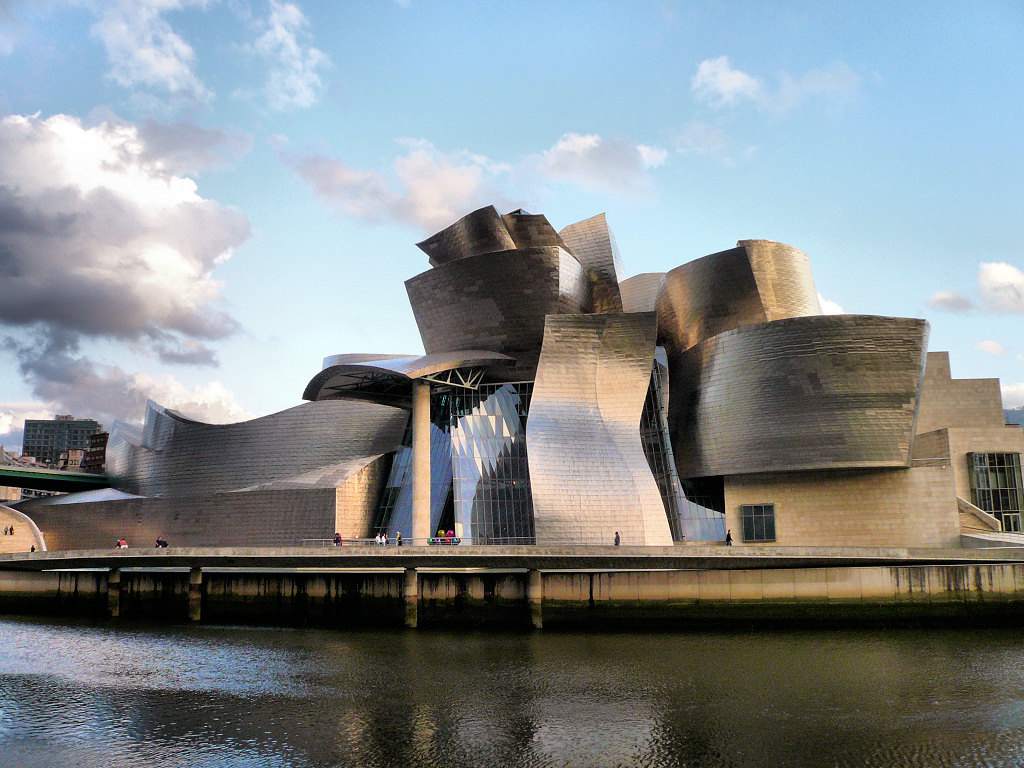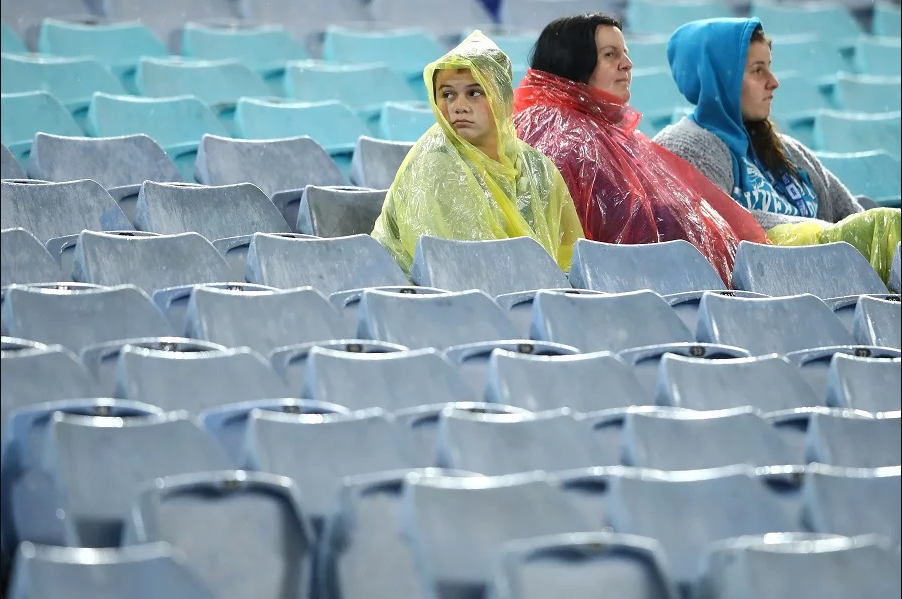In our previous article, we discussed business case; the importance of projects proceeding based on numbers, not gut feel; and how to avoid ending up with a white elephant.
This week we discuss the designers Return Brief; why it’s the most critical part if the design process; and why the return brief is such an important design document so as to avoid an elephant in the room!
When you embark on a project with a designer how do you guide the process? How do you keep control of the process? How do you ensure that the designer is designing to the business case? As the project evolves how do you document changes to the brief?
Usually, of course, a client will provide the designers with a brief. It may be provided in written form, or it may be verbal. Either way it will be a set of instructions and objectives outlining what you want your designers to achieve, and it will reference other relevant documents like a business plan.
The worst thing that can happen next is for the designers to jump into sketches and drawings….
The next step in the process should be for the designers to prepare what we call a ‘Return Brief’. Also known as a ‘Design Brief’ by Architects and Designers or a ‘Functional Brief’ by Project Managers, it’s the most important document of the design process.
The Return Brief…
The Return Brief should be the designer’s response to the client brief; it should be considerably more detailed than most client briefs, and it should start posing questions to draw more information out of the client.
A return brief identifies the functional requirements that are to be addressed in the design process and how they are to be balanced with the resolution of form and aesthetic.
Form follows function…
An arguably over-quoted phrase in the design world, and a phrase that some Architects and Designers have chosen to challenge and dismiss as an oversimplification of the design process is Form Follows Function. However, for most commercial hospitality projects this simple phrase couldn’t ring more true.
For the far majority of commercial hospitality ‘real-world’ design projects, a successful solution will prioritise effective functional resolution. Following which, form and aesthetic resolution can be developed and moulded around the functional solution.
In reality most designers develop Form and Function concurrently in the design process. The most skilful designers are able to develop beautiful, refined and expressive Form without compromising the Functional requirements of the return brief.
Of course, every project is different and every project has a unique set of requirements.
Briefing successes and failures…
Take a famous piece of Architecture like the Gugenheim Bilbao. There was, no doubt, a set of Functional Requirements as part of the brief. However, functional resolution clearly wasn’t the priority and the result is a brilliant piece of sculptural architecture with a shiny silver façade that put Bilbao on the map.
On the flip-side, the prioritisation of external form over internal function yields interior spaces that feel forced and compromised. Nonetheless, the outcome met the brief = project success.
Another project that we will reference (again) as an example that should have prioritised function over form in the briefing process is the poor old soon-to-be-demolished Sydney Football Stadium.
As we discussed previously it’s an example of a project that got off to a bad start with an imprudent business case. Unfortunately, however, the problems didn’t end there. The Footy Stadium is also an example of a failed return brief and an instance where function should have taken greater priority over form.
The initial brief called for 75% of seats to be protected from the weather. At some point of the briefing and/or design process the project team interpreted this to mean 75% of seating undercover.
The 75% of seating undercover requirement was achieved on the drawing board, but of course, rain rarely falls straight down! There was a downpour at the very first game played at the stadium and almost half the seating was saturated. In this case, the outcome didn’t meet the brief = project failure.
What does this mean for your next project?
The last thing you want is to be presented with a stack of design documents that don’t match your expectations or align with a business case.
- Although it’s tempting to get drawn into drawings and sketches make sure that a Return Brief is part of the designer’s process and scope of services.
- Be fully engaged with the Return Brief process and be prepared to sign it off. This is now the designer’s guide to resolve the design.
- There will be review points in the design development process at which time the design should be checked that it aligns with the return brief. Sometimes the brief evolves during the design process. The return brief is the document that records and benchmarks this evolution and makes sure everyone is on the same page.
_____________________________________________________
This was Part 2 or a two part series.
Marc Nicholas is Managing Director at GROUPN
THINK_LIFESTYLE is a weekly newsletter published by GROUPN discussing directions in hospitality design.
Click to get in touch with Marc or drop us line at GROUPN +61 2 9369 3546
Tags:
Share:


